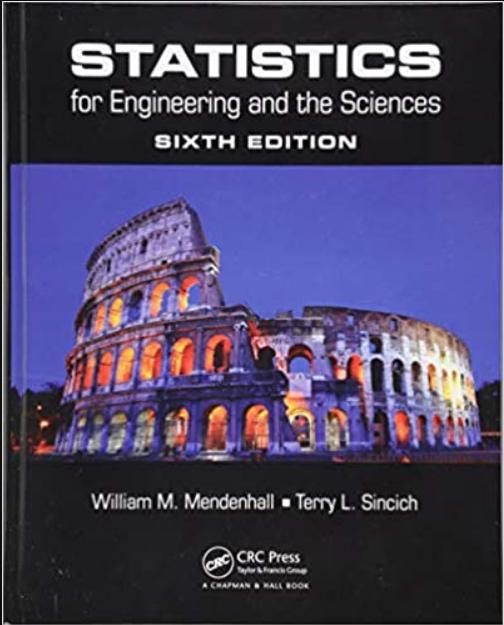Refer to the Exploration and Mining Geology (Vol. 18, 2009) study of drilling twin holes, Exercise 7.49.
Question:
Refer to the Exploration and Mining Geology (Vol. 18, 2009) study of drilling twin holes, Exercise 7.49. Recall that geologists use data collected at both holes to estimate the total amount of heavy minerals (THM) present at the drilling site. Data (THM percentages) for a sample of 15 twinned holes drilled at a diamond mine in Africa are repeated in the accompanying table. The geologists want to know if there is any evidence of a difference in the true THM means of all original holes and their twin holes drilled at the mine.
a. Conduct the appropriate test of hypothesis for the geologists. Use α = .10.
b. In Exercise 7.49d, you formed a 90% confidence interval for the true mean difference (“1st hole” minus “2nd hole”) in THM measurements and used this interval to answer the question of interest to the geologists. Do the inferences derived from the hypothesis test and confidence interval agree? Is this a surprising result? Explain.

Data from Exercise 7.49
A traditional method of verifying mineralization grades in mining is to drill twinned holes, i.e., the drilling of a new hole, or “twin”, next to an earlier drill hole. The use of twinned drill holes was investigated in Exploration and Mining Geology (Vol. 18, 2009). Geologists use data collected at both holes to estimate the total amount of heavy minerals (THM) present at the drilling site. The data in the next table (based on information provided in the journal article) represent THM percentages for a sample of 15 twinned holes drilled at a diamond mine in Africa. The geologists want to know if there is any evidence of a difference in the true THM means of all original holes and their twin holes drilled at the mine.
Step by Step Answer:

Statistics For Engineering And The Sciences
ISBN: 9781498728850
6th Edition
Authors: William M. Mendenhall, Terry L. Sincich





